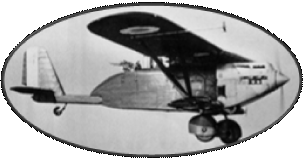|
|
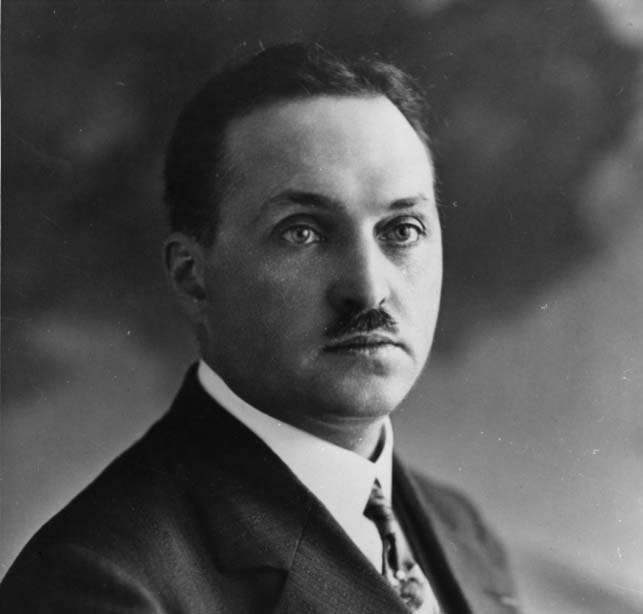
Biography
:
|
Emile Dewoitine was born on September
26th, 1892 inCrépy-en-Laonnois (02)
He
went to secondary school in Reims and then joined Ecole Bréguet
in Paris with a specialty "Electricity". This school,
created in 1904, trains engineers. He did his military service
in 1911, first in a unit of the "Genie" before joining
the recent Military Aeronautics, born in 1909. He obtained
the patent n ° 5 of aircraft mechanic at the School of
Mechanics Blériot Etampes. Sent to Algeria with a unit
equipped with Farman Biplans, he took part in the Biskra-Tunis
raid in February 1913.
|
|
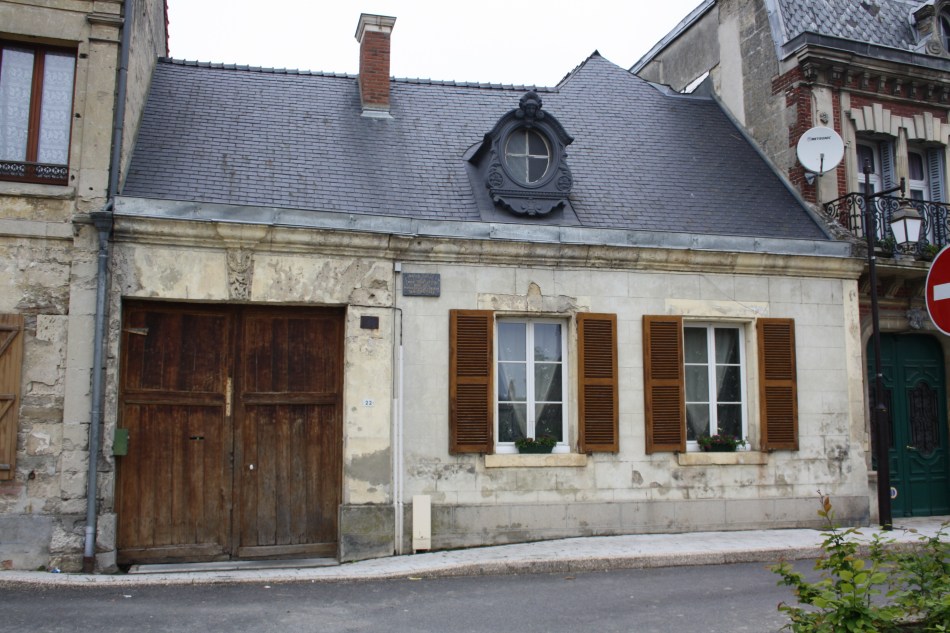
Emile Dewoitine's native house
|
| Demobilized in February, 1914, he joins the Halcyon company. This one, installed in Courbevoie, realized Motorcycles and cars, considered as their finish and their robustness. In the release of the 1st world conflict, he is re- mobilized, in August, 1914. |
|
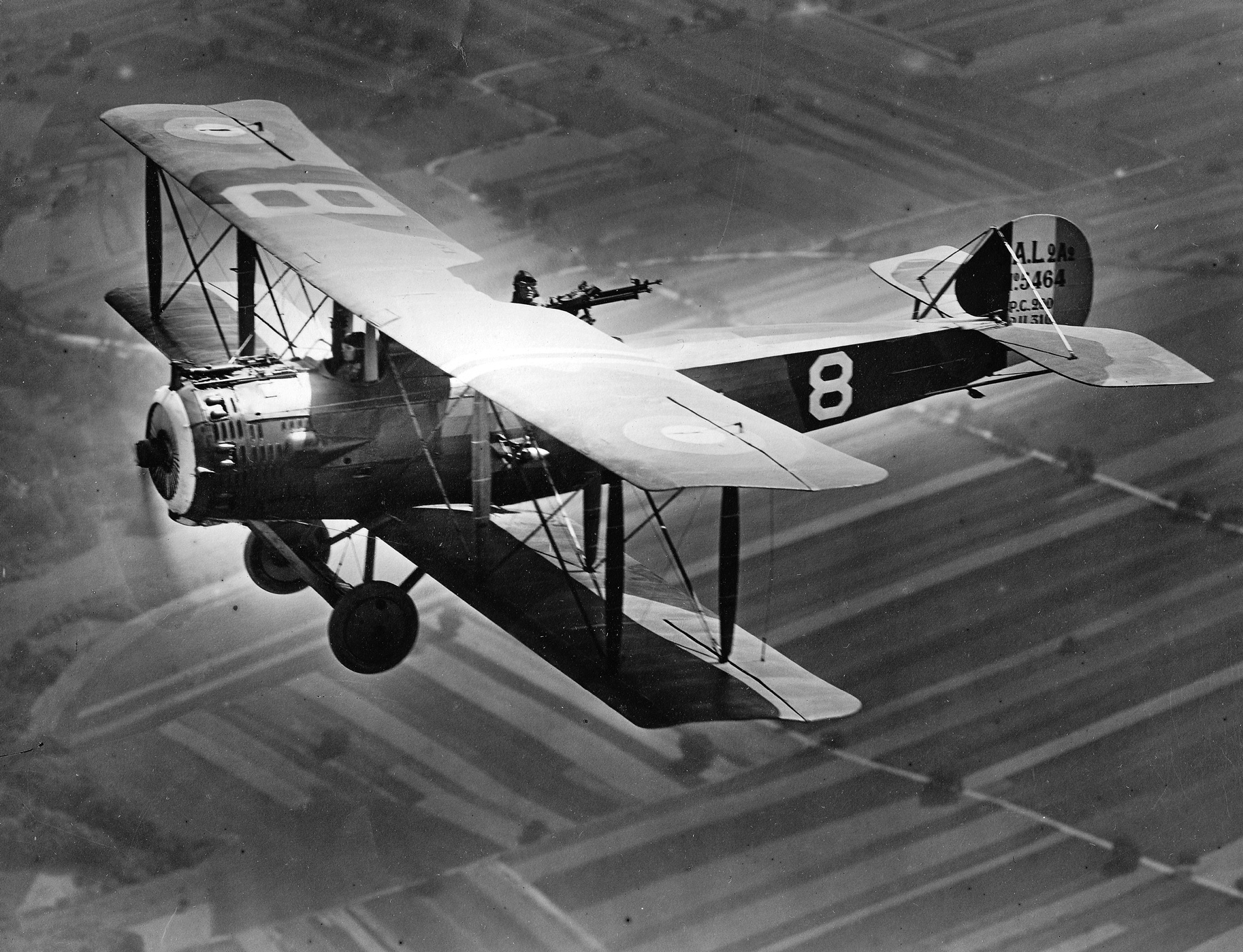
Salmson 2A2
|
|
Volunteer for the Army of East, sergeant
Emile Dewoitine leaves for Russia in 1915, when we confide
him the direction of the assembly of bombers "Voisins"
biplanes, built under license in the factory " Anatra " in
Odessa.
Thanks to funds of private bankers,
he will install afterward a factory of aircraft manufacturings
meadows of Sevastopol.
The Russian Revolution ends prematurely
its trip in the Eastern Europe and he returns to France in
1917, at the disposal of the SFA (Service of Manufacturing
of the Aviation). As such, it is necessary chargè, within
the factory " Latécoère " of Toulouse, to set up the production
of Two-seater 1000 of Observation Salmson 2A2.
|
|
Demobilized in 1919, Emile
Dewoitine tries to obtain director's post of the engineering
consulting firm with Georges Latécoère. But this one prefers
to keep him in a role of person in charge of Manufacturing,
posts for which he excelled during the realization of 1000
Farman. It is one of reasons why Emile Dewoitine, avid to
conceive modern planes, leave the Latécoère company in 1920.
Remaining in Toulouse,
He creates in October, 1920, the SAD (Socété Anonyme of planes
Dewoitine).
His first realization
was Dewoitine D1 in answer to a program launched by the direction
of the Aeronautics. The aircraft, modern fighter metallic
monoplane with wing parasol makes its first flight in November,
1922. Dewoitine D1 knew a big succés with orders of the Naval
aviation, the Military Aeronautics and in the export of Yugoslavia
and Italy.
|

Dewoitine D1
|
| To answer the
request, Emile Dewoitine settles down in bigger premises and
confides a part of the manufacturing of Dewoitine D1 to a company
installed in Courbevoie. D1 knew several by-products, D8, D9
and D12. The famous Marcel Doret will also realize several speed
records in his edge. |
|
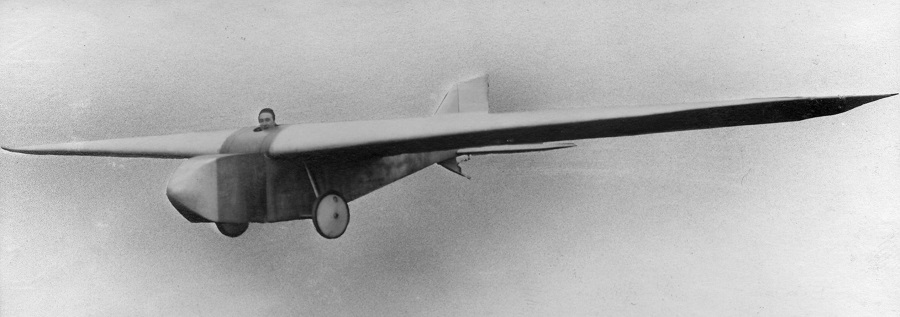
Glider Dewoitine
P3
|
Emile Dewoitine also explores
the gliding and creates the Glider P1 in May, 1922 ., This
one uses a wing to cantilever. Its peculiarity is to lack
shrouds, the structure being insured by an internal central
girder the wing and connected with the fuselage. Emile Dewoitine
makes patent this conception which we shall find on the future
modern fighters. Follow then gliders P2 and P3. These demonstrated
their qualities of sharpness on the occasion of flights of
very long-lasting.
Hardly of his successes, Emile Dewoitine creates the "CAD" (Aircraft manufacturings Dewoitine).
|
|
The following project, the D14, is a aircraft
of wooden Transport, with high wing, capable of transporting
6 passengers. Will follow Dewoitine D18, plane of Big Raid |
|
However, the company knows
financial difficulties and Emile Dewoitine has to stop his
activity in 1927. His salute will come from the Swiss Government:
this one offers him the technical and financial means to study
and make a fighter monoplane with high wing, D27. Aircrafts
will be built by the Federal Factory of Thun. The aircraft
knew difficult debuts bound to its motorization, engine V12
Hispano-Suiza of 500ch "a little delicate". It will find a
reliability when it will receive, under the name D26, an engine
Hispano-Suiza 9QA of 250ch, copies under license, from the
engine of Charles Lindberg's " Spirit Of Saint-Louis ".
|
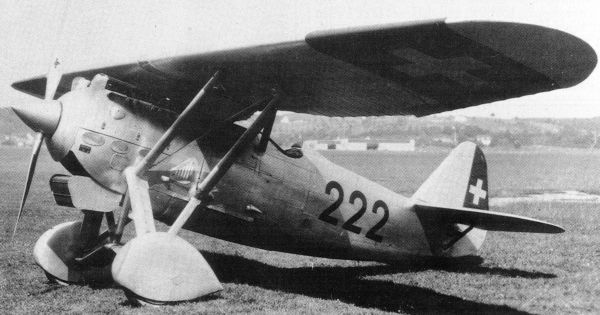
Dewoitine D27
|
| In France, Albert
Caquot, in charge of the policy of the prototypes to the quite
new Ministry of the Air, reminds Emile Dewoitine, who returns
to the country to base the SAFD there (French Aeronautical society
of Planes Dewoitine). The factory of Toulouse opens again its
door in June, 1926 |
|
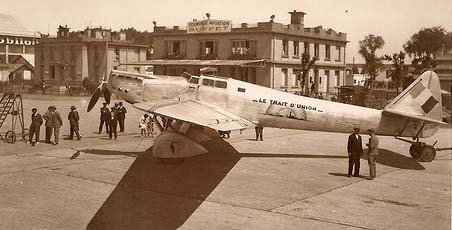
Dewoitine D33 "Trait
d'Union"
|
The policy of the prototypes
allows the birth in 1931, of a plane of Big Raid, D33 "Trait
d'Union" . On board, the Doret, Mesmin, Brix crew will
try the record of distance of 10000kms, but both copies of
D33 will crash further to mechanical problems. Two of three
men of crew will be killed : the only one Marcel Doret will
survive.
|
|
The D33 will be the father of a line of
three-engined : D332, D333, D338, D342 which will be used by
the Air France Company. |
|
In 1930, the Ministry
of Air issued a Specification for a single-seat fighter "C1".
To answer it, Dewoitine
studied the D500, an elegant single-engine with a low cantilever
wing and a fixed landing-gear. He made his first flight in
1932 at the controls of Marcel Doret. The aircraft has good
performance and will have a very powerful weapon for the time,
with its 20mm barrel housed between the two rows of cylinders
(from the D501). The D500 and derivatives D501 and D510 enjoyed
great success : about 336 aircraft of all versions were ordered
by the Air Force and thirty copies will be exported.
|

Dewoitine D500
|
| In 1936, the
Dewoitine Society did not escape nationalization and became
SNCAM (National Society of Aeronautical Constructions of the
South). Emile Dewoitine remains the managing director. |
|
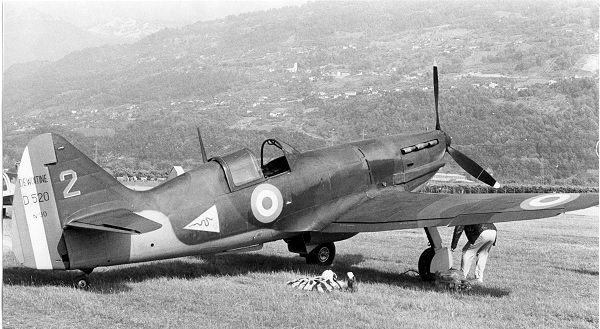
Dewoitine D520
|
In June 1936, the Air
Force issued a program C1, for a single-seater fighter able
to fly at 500km / h and armed with a gun and 2 machine guns
or 2 cannons. This program is quickly modified to impose a
minimum speed of 520km / h.
The D520 presented by
the company Dewoitine, is retained, as the Morane 405, the
CAO 200. Others will be attached later as the Bloch 152 and
Arsenal VG33. Three prototypes are ordered on April 3, 1938,
but the first will make its first flight on October 2, at
the hands of Marcel DORET. It is powered by a Hispano-Suiza
HS 12Y21 of 890Cv.
|
|
A first order of 200 machines equipped
with Hispano-Suiza 12Y45 engine with 945Cv compressor at take-off
is launched in March 1939. Deliveries planned between September
and December, will be delayed due to weapons development problems
and problems with cooling. The first aircraft will be delivered
in January 1940 and will equip an experimental squadron.
Production continues very slowly. On
April 1, 1940, 139 D520 were manufactured, but only 32 are
delivered to the EAA301 ... During the German offensive of
May 10, 1940, 228 were built for 75 delivered. However, at
that time, production was finally in full swing, with 100
machines assembled per month, and at the Armistice, 330 D520
could be taken into account.
|
|
After the armistice,
Emile Dewoitine went to the United States with the project
to be able to build fighter jets in collaboration with Henry
Ford. He nevertheless agrees to return to France at the request
of the Vichy government. It is likely that his decision was
motivated by the good relations of the time between the United
States and Vichy.
He will be interned
by the government of Petain upon his arrival on the national
soil for "Betrayal for the benefit of the Enemy" ... He will
be tried and finally acquitted. Wishing to move away from
Vichy, he joined the occupied zone and agreed to head the
design office "ARADO at the head of 200 employees, he then
returned to" Free Zone "and worked for SIPA (Industrial Society
for Aeronautics)..
|
|
In 1944, at the liberation,
fearing rightly to be arrested for collaboration, he went
to Spain and Argentina, hoping to resume his activities. In
1947, he will head the design office that created I.Ae. 27
Pulqui I, a plane of modest performance that did not go beyond
the prototype stage, but which will remain in history as the
first Argentine jet.
|
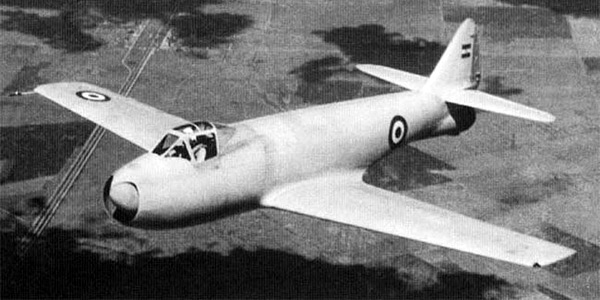
I.Ae. 27 Pulqui I
|
|
In February 1948, Emile
Dewoitine, although a refugee abroad, will be sentenced in
absentia, to 20 years of forced labor, to national indignity
and the confiscation of his property.
In 1953, however, he
negotiates his return to France, but can not resume his activities
in Aeronautics.
He will stay for a while
in Patagonia where he will operate a breeding of 8000 sheep,
before settling in Switzerland, then in Toulouse. It will
be extinguished on July 5, 1979.
|
|

